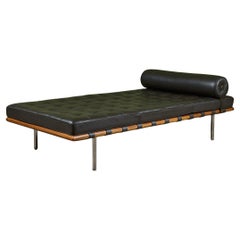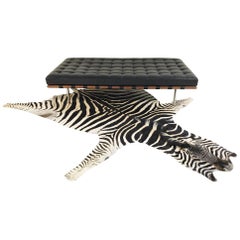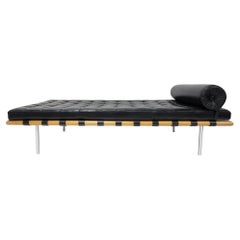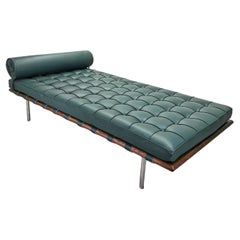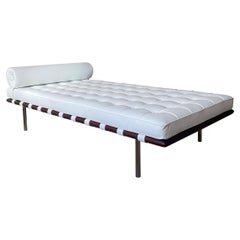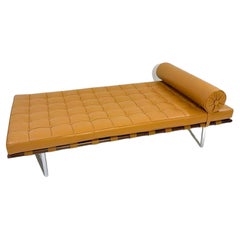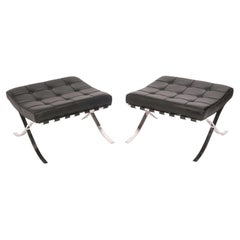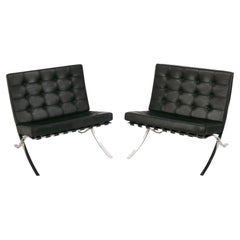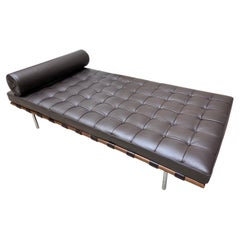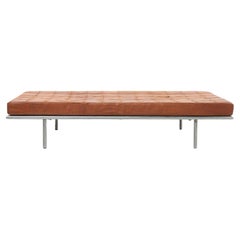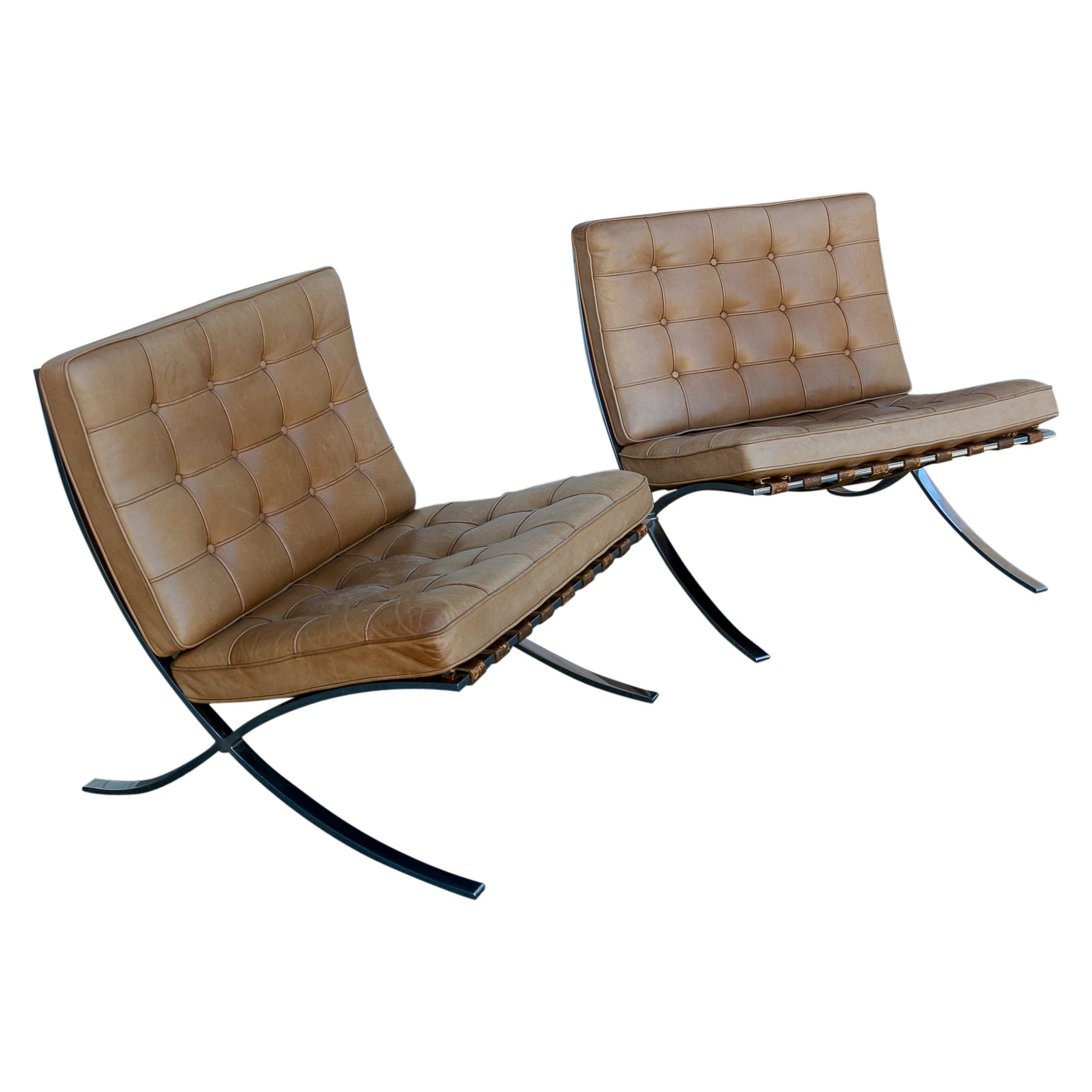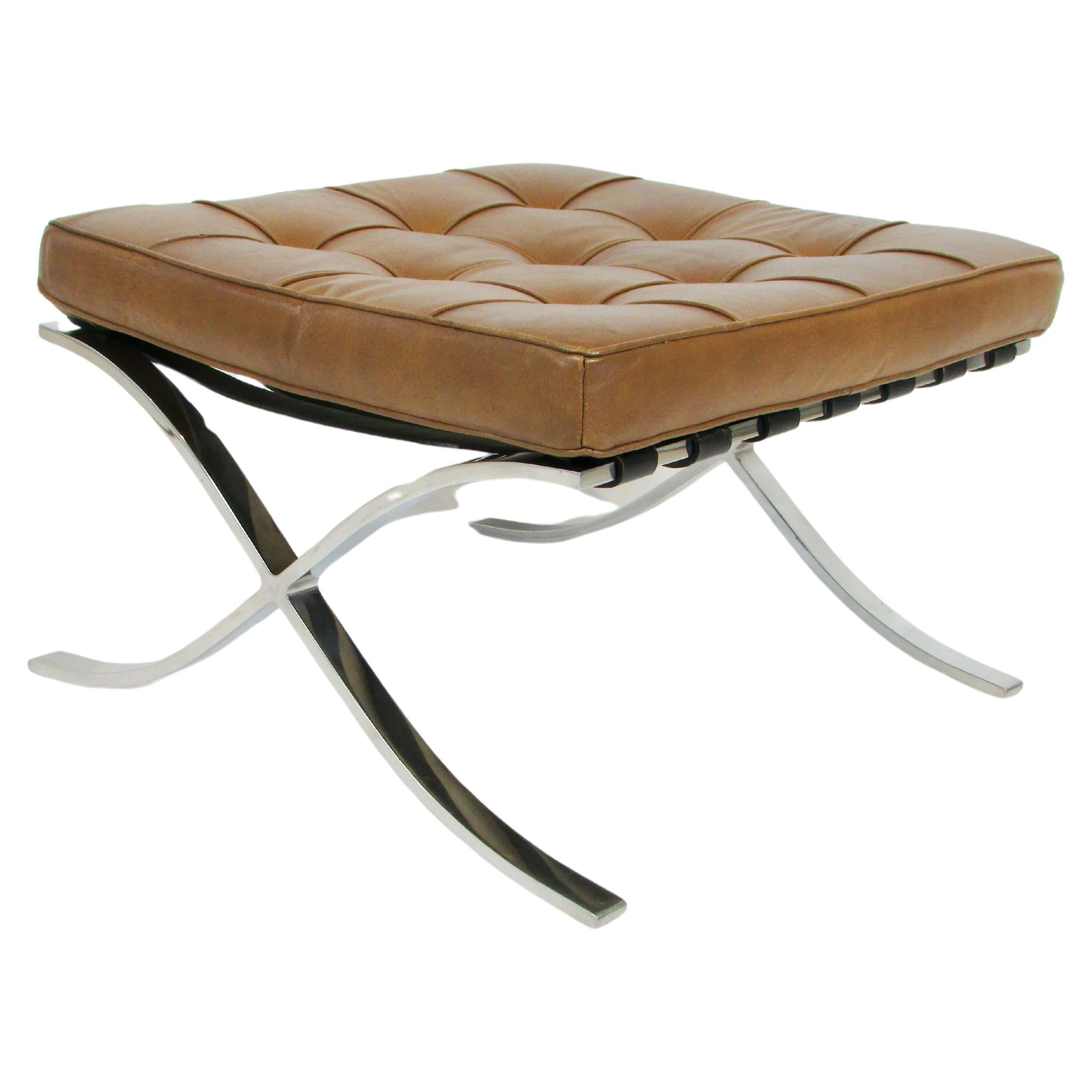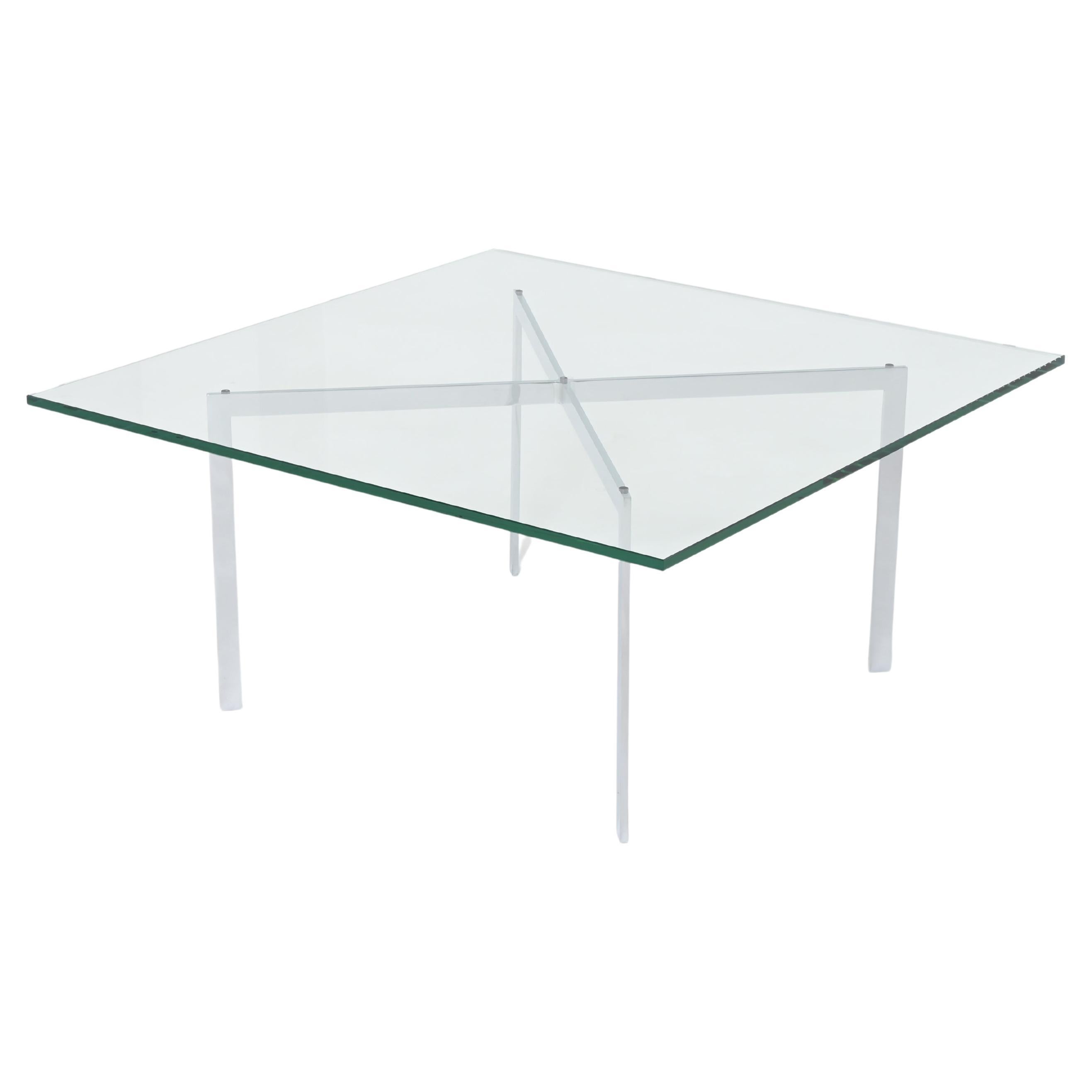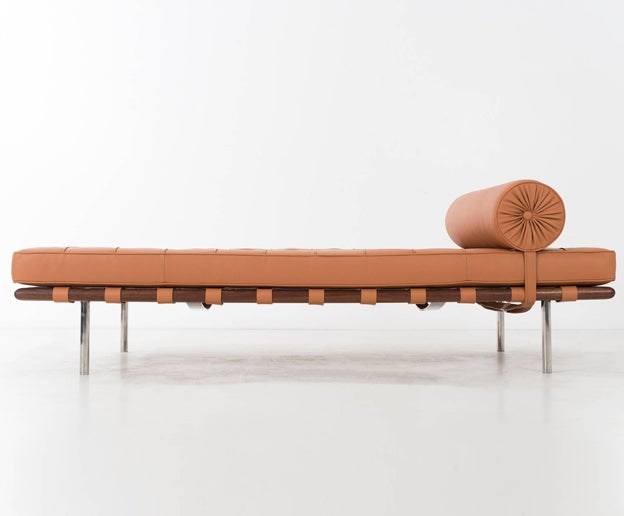
Barcelona DaybedBy Ludwig Mies van der Rohe
With its low profile and clean lines, Ludwig Mies van der Rohe’s (1886–1969) Barcelona daybed (also known as the Pavilion daybed) wholly embodies the minimalist “form follows function” philosophy of the day.
Mies codesigned the daybed as well as a chair by the same name, along with Lilly Reich (1885–1947), his longtime collaborator and wife, in 1929 as part of the German Pavilion (or “Barcelona Pavilion”) at the International Exposition in Barcelona, Spain. At the time, Mies was already established as a prominent German architect and had recently been named the director of the Bauhaus. His contribution to the exposition was a deliberate choice to reinforce Germany’s pre–World War II status as a progressive nation at the forefront of modern design.
Although many other pavilions at the International Exposition were intended to serve as centers of knowledge and education, full of painting and sculpture to be admired and discussed, Mies saw the Barcelona Pavilion as a respite from the activity surrounding it — a useful building, staged with useful furniture, without pretext. In fact, royals, dignitaries, and other important government officials were set to visit the German Pavilion after the exposition’s inauguration for a party, which meant the furniture took center stage as the group held court.
While there’s no question of Mies’s authorship of the Barcelona daybed and chair, he wasn’t without help. Reich, a German furniture designer in her own right, is often overlooked and uncredited in Mies’s contributions to furniture design, even though it is believed that she assisted him for over 10 years on some of his signature designs.
A year later, the American architect Philip Johnson asked Mies (and Reich) to design and furnish his Manhattan apartment, thus introducing the Barcelona daybed stateside. Later, Johnson used the daybed when he built The Glass House, which is still located in New Canaan, Connecticut. Johnson's structure is a classic of mid-century modern architecture and was inspired by Mies’s Farnsworth House, located in Plano, Illinois, with its floor-to-ceiling windows, angular silhouette and sparse interior. Of course, being low to the ground without a back and a single balustrade as an armrest, the daybed allows for uninterrupted views of both the interior and exterior of the space.
Still in production by Knoll, the original manufacturer, the Barcelona daybed — with its tubular stainless-steel legs and African mahogany wood frame — remains an indelible symbol of mid-century modern design.
Barcelona Daybed
Early 2000s American Mid-Century Modern Daybeds
Stainless Steel
Vintage 1980s Mid-Century Modern Daybeds
Leather, Zebra Hide
20th Century American Mid-Century Modern Daybeds
Steel
21st Century and Contemporary Italian Mid-Century Modern Daybeds
Aluminum
Vintage 1970s Italian Bauhaus Daybeds
Chrome
Early 2000s Modern Daybeds
Metal
Vintage 1970s American Mid-Century Modern Ottomans and Poufs
Metal
Vintage 1970s American Mid-Century Modern Lounge Chairs
Metal
Vintage 1970s American International Style Lounge Chairs
Stainless Steel
Mid-20th Century American Mid-Century Modern Footstools
Stainless Steel
21st Century and Contemporary American Mid-Century Modern Stools
Metal
20th Century Mid-Century Modern Footstools
Chrome
Vintage 1980s American Mid-Century Modern Lounge Chairs
Chrome
Early 2000s American Modern Lounge Chairs
Steel
Vintage 1960s Italian Mid-Century Modern Dining Room Chairs
Chrome
Vintage 1970s American Mid-Century Modern Lounge Chairs
Steel, Chrome
21st Century and Contemporary American Mid-Century Modern Lounge Chairs
Metal
Vintage 1970s European Mid-Century Modern Daybeds
Chrome
Early 2000s Italian Mid-Century Modern Daybeds
Chrome
Mid-20th Century German Bauhaus Daybeds
Steel
Mid-20th Century American Mid-Century Modern Daybeds
Chrome
Vintage 1970s American Mid-Century Modern Daybeds
Metal
2010s Italian Modern Daybeds
Steel, Stainless Steel
Vintage 1970s Italian Bauhaus Daybeds
Chrome
Late 20th Century German Mid-Century Modern Daybeds
Chrome
Early 20th Century American Mid-Century Modern Daybeds
Leather, Walnut
Vintage 1960s Daybeds
Chrome
Vintage 1960s Italian Mid-Century Modern Daybeds
Leather
Vintage 1930s European Art Deco Daybeds
Leather, Wood
Vintage 1960s German Mid-Century Modern Daybeds
Metal, Chrome
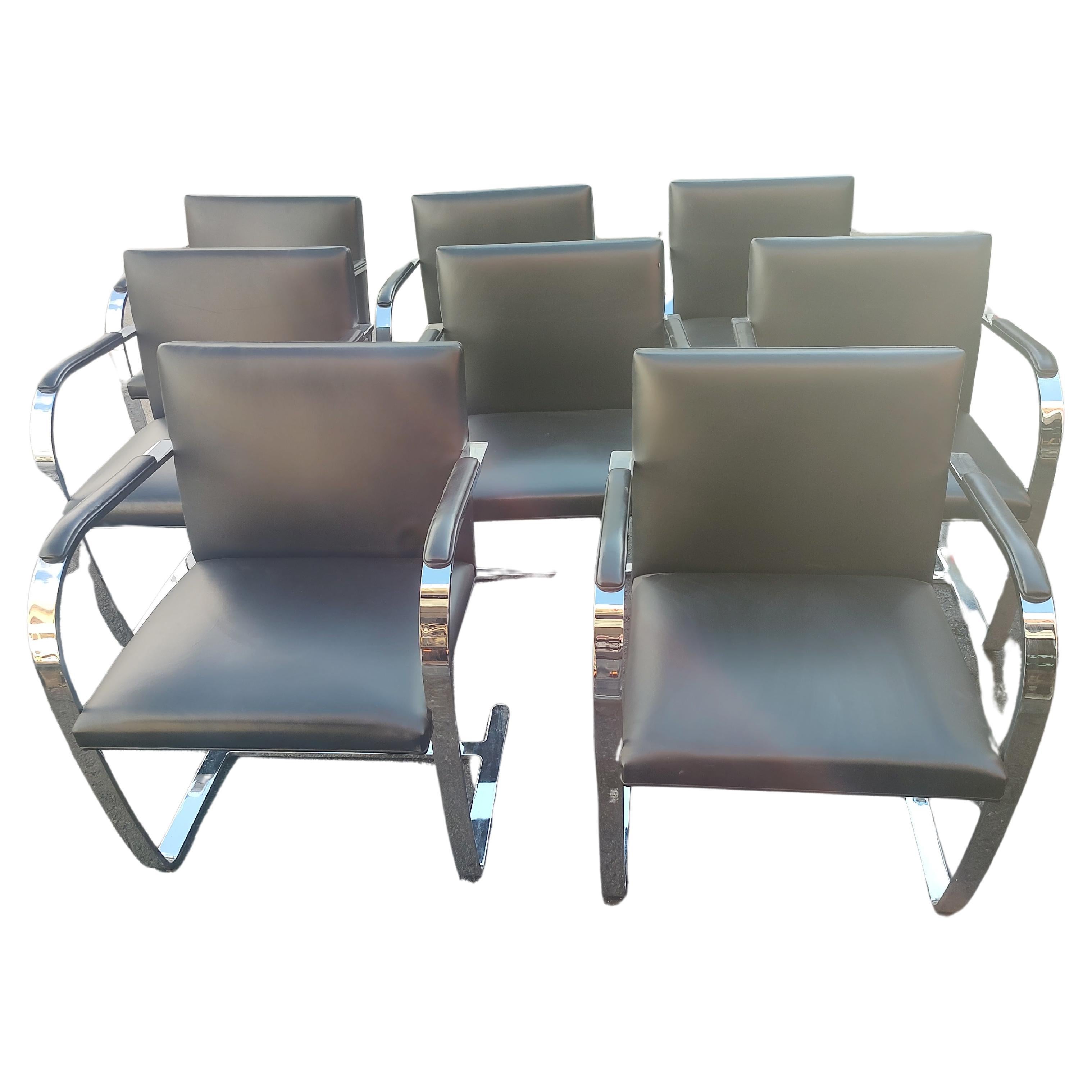
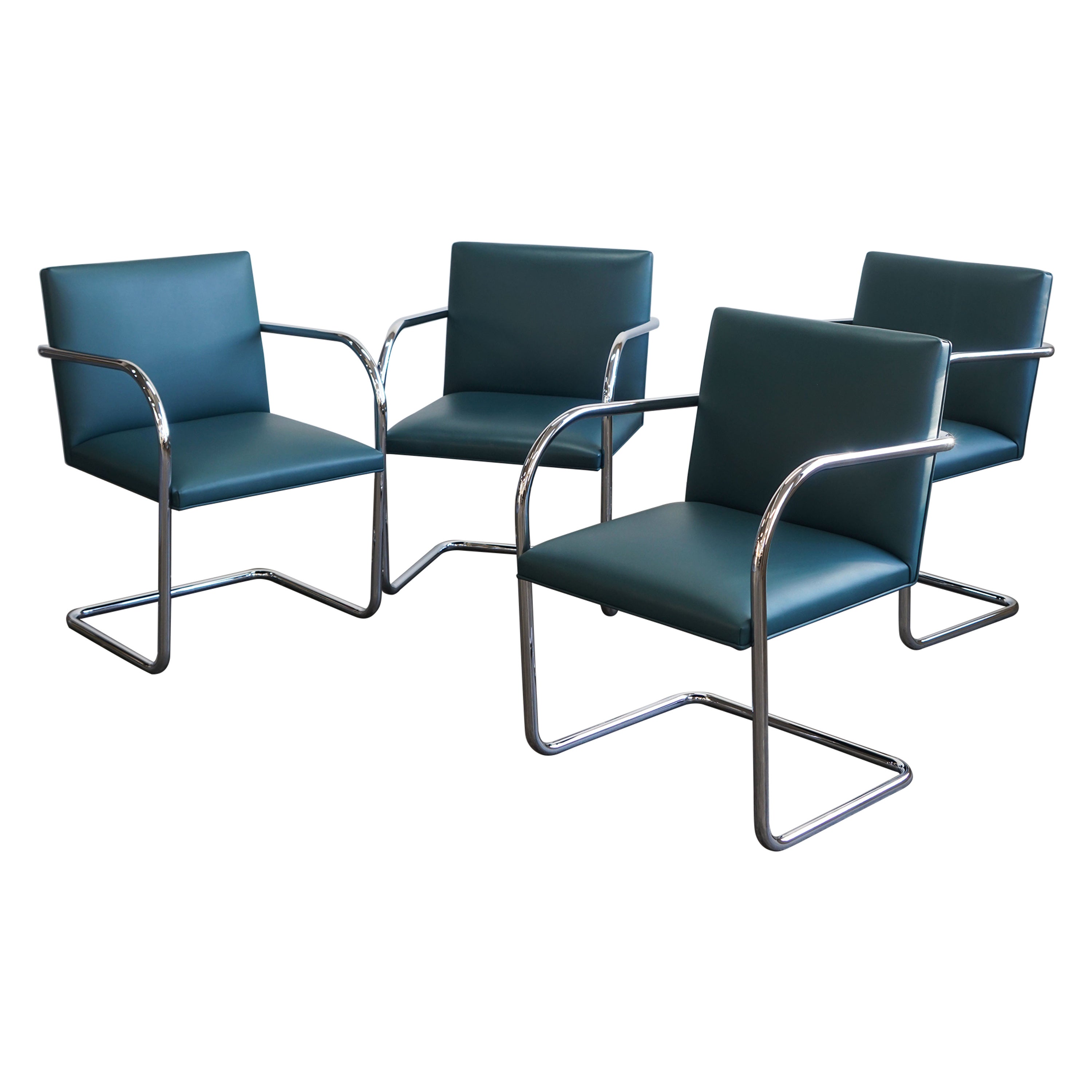
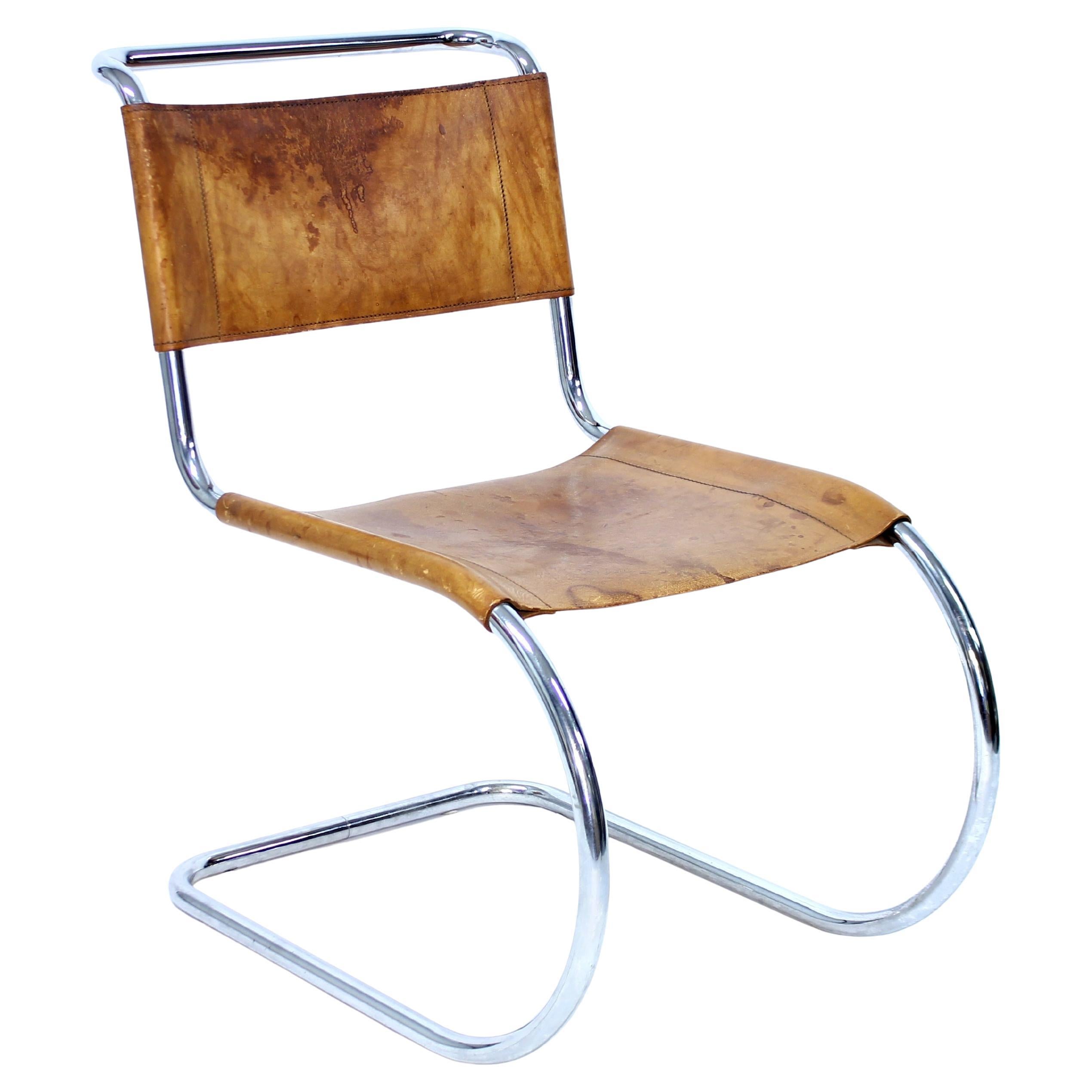
Read More
Iconic Furniture Gives These 1stDibs 50 Rooms Timeless Appeal
A well-made armchair, table or pendant lamp can afford both comfort and convenience. An exceptional one can transform a space. See how the honorees on this year’s 1stDibs 50 list of top interior designers used standout pieces to create the kind of rooms you never want to leave.
Mies van der Rohe’s Barcelona Chair Shook Modernism and Charmed Hollywood
The enduring appeal of the Barcelona chair is in the details.
